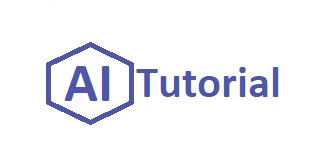🎯 Training Neural Networks
Training a neural network means teaching it to make better predictions by adjusting its weights and biases through many iterations.
🔁 1. Training Process Overview
- 🔧 Initialize weights – random small values
- ➡️ Forward Propagation – get predictions
- 📉 Calculate Loss – measure how wrong it is
- 🔄 Backward Propagation – find how to adjust weights
- ⚙️ Update weights – using an optimization algorithm
- 🔁 Repeat – for many examples and iterations (epochs)
⚙️ 2. Optimization Algorithms (Gradient Descent)
🔽 Gradient Descent
Moves the weights in the direction that reduces loss.
Like walking downhill to reach the lowest point (minimum loss).
📊 Optimizer Comparison
| Optimizer | Feature |
|---|---|
| SGD (Stochastic Gradient Descent) | Updates weights using one data point at a time (fast but noisy) |
| Mini-batch GD | Uses small batches (common in practice) |
| Adam | Adaptive optimizer; combines momentum + scaling (very popular) |
⚠️ 3. Overfitting vs Underfitting
| Term | What Happens | Example |
|---|---|---|
| Overfitting | Model learns training data too well, including noise → poor generalization | High accuracy on training, low on test |
| Underfitting | Model is too simple → can’t capture patterns | Low accuracy on both |
🛡️ 4. Regularization Techniques
Help prevent overfitting:
| Method | Description |
|---|---|
| L1 / L2 Regularization | Add penalty to large weights in loss function |
| Dropout | Randomly turns off some neurons during training |
| Early Stopping | Stop training when validation loss starts increasing |
⚙️ 5. Hyperparameters to Tune
Key Hyperparameters in Deep Learning:
| Parameter | Description |
|---|---|
| Learning Rate | Size of the steps in gradient descent |
| Epochs | Full passes through training data |
| Batch Size | Number of samples processed at once |
| Number of Layers/Neurons | Model complexity |
🧾 Summary
- Neural networks learn by adjusting weights to minimize loss.
- Optimizers like Adam improve the speed and stability of training.
- Proper tuning and regularization help avoid overfitting.
